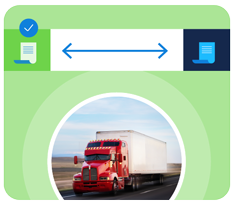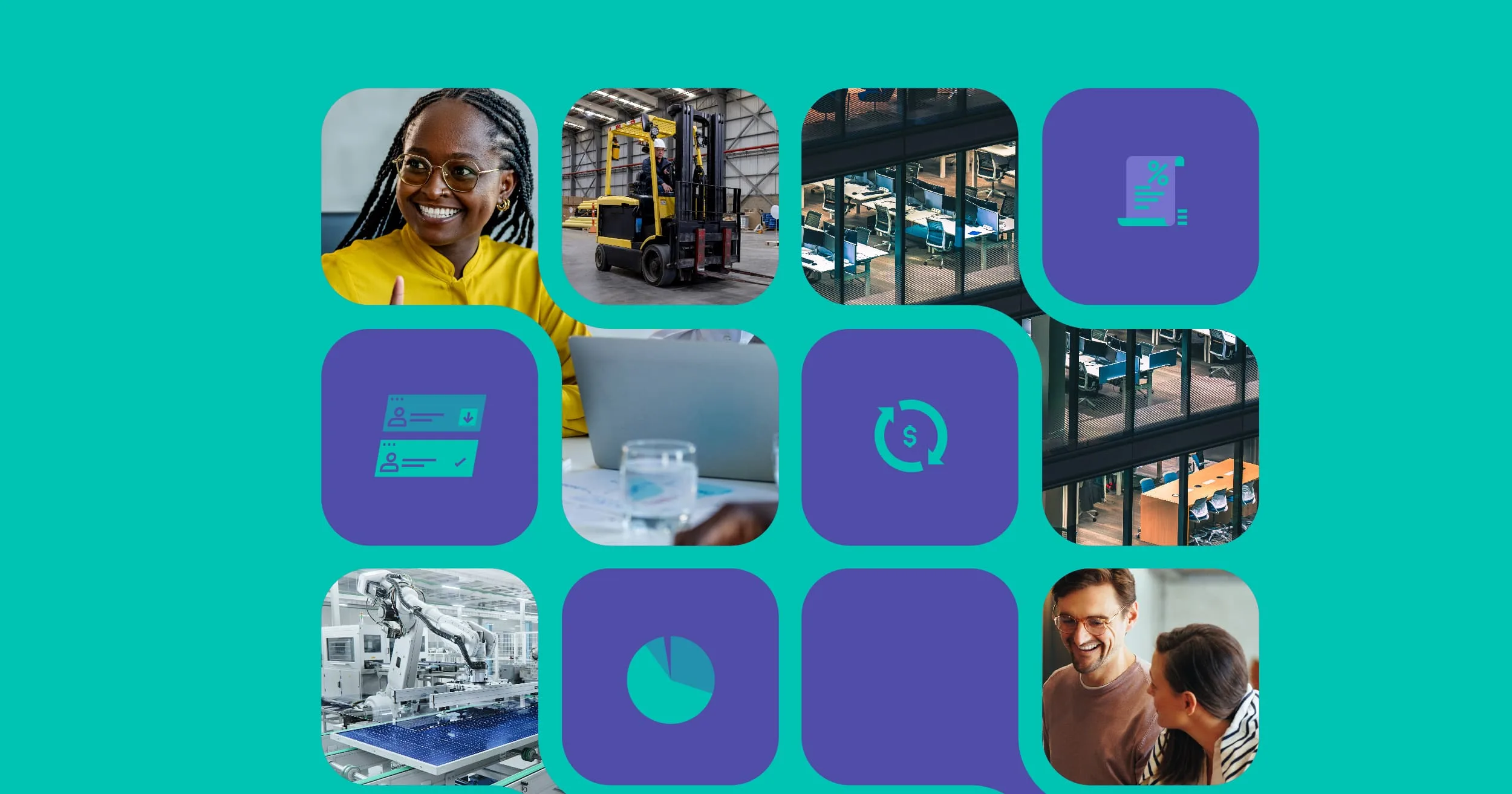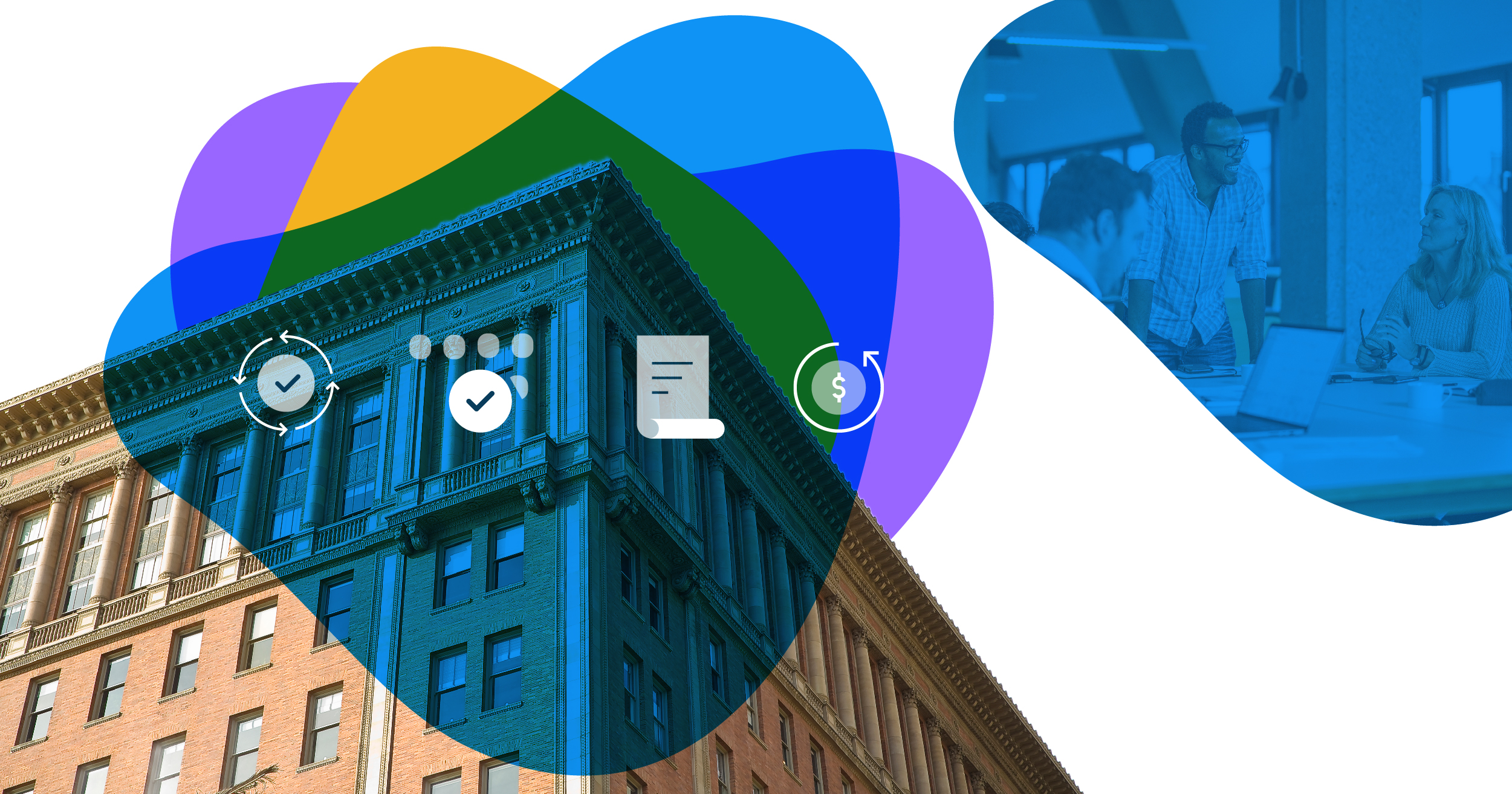Lease management software is an essential tool for organizations that manage real estate and equipment leases by streamlining the lease administration process. It can also help businesses save time, reduce errors, and maintain compliance with lease-related regulations. With numerous lease management software options available in the market, it’s important to identify the must-have features that can help your organization optimize its lease management operations.
A centralized, asset-level lease database
One of the fundamental features of lease management software is a centralized lease database that stores all lease-related information in one place. This includes asset-level lease terms, payment schedules, tenant details, and critical dates, such as renewal and termination deadlines. Also, a central document repository, including original negotiated contracts and amendments. A centralized database allows your team to access and update lease information easily and efficiently, ensuring that everyone is working with the most up-to-date data. And, it allows you to use and enhance that data for emerging standards like emissions.
Automated lease tracking and notifications
Lease administration software should offer automated lease tracking and notifications to help your organization stay on top of important lease events and deadlines. The software should automatically track critical dates, such as rent escalations, market reviews, lease renewals, option exercise periods, end-of-term tracking, and send timely reminders to relevant team members. This feature helps minimize the risk of missed deadlines, which can lead to costly penalties or missed opportunities.
Financial reporting and analysis
Effective lease management also requires accurate financial reporting and analysis. Look for software that provides robust financial reporting capabilities that enable your organization to generate and configure reports, such as accounting roll forward, audit proof reports, s, and expense reconciliations. Additionally, the software should offer advanced analytical tools that allow you to evaluate lease performance, conduct what-if scenarios, and make data-driven decisions.
Compliance with lease accounting standards
Organizations that manage equipment and real estate leases need to comply with lease accounting standards such as ASC 842 and IFRS 16. Lease management software should support compliance with these standards by automating lease accounting processes, such as calculating right-of-use (ROU) assets, lease liabilities, and amortization schedules. This feature not only saves time and reduces errors but also ensures that your organization’s financial statements are in line with regulatory requirements.
Integration with other business systems
Lease management software should seamlessly integrate with other critical business systems, such as accounting, property management, and enterprise resource planning (ERP) software. Integrations enable your organization to streamline data flow between systems, reducing manual data entry and minimizing the risk of errors. Furthermore, integration with other business systems allows for more efficient workflows and better collaboration between departments.
Customizable reporting and dashboards
Every organization has unique lease management needs and preferences and KPI’s they manage against. Lease management software that can offer customizable reporting and dashboards that allow you to tailor the software to your specific requirements should be a priority. Features like this enable you to create custom reports, charts, and dashboards that display the most relevant and essential information for your organization, making it easier to monitor lease performance and make informed decisions.
Document management
Lease management often involves handling various lease-related documents, such as lease agreements, amendments, and notices. Your software solution should include a document management feature that allows you to store, organize, and access these documents easily. This feature should also support version control and provide a secure, centralized repository for all lease-related documents, ensuring that your team always has access to the most current and accurate information.
User-friendly interface and easy implementation
Software should be user-friendly and easy to implement, with an intuitive interface and in-app help that allows your team to quickly learn and adopt the software. The software you pick should also offer comprehensive training resources, such as tutorials, webinars, and customer support, to help your team get up to speed on the software’s features and capabilities. This directly addresses staff turnover as well as staff reductions, ensuring you can quickly ramp up new resources while maintaining existing procedures.
Scalability and flexibility
Your organization’s lease management needs may evolve over time as your business grows or the regulatory landscape changes. The technology you choose should be scalable and flexible, allowing you to add new leases, properties, or users as needed. The software should also be adaptable to changing lease accounting standards and regulations, ensuring that your organization remains compliant and up-to-date with industry best practices.
Get a demo of LeaseAccelerator
As you can see, selecting the right lease management solution is critical for organizations that manage real estate and equipment leases. LeaseAccelerator’s flagship solution addresses all of these needs and more. We emphasize the importance of training and staying up-to-date with regulatory changes, compliance with various lease account standards and ensuring you have the right tools for success.
If you are in the process of evaluating your lease management needs, start with a demo of LeaseAccelerator.







